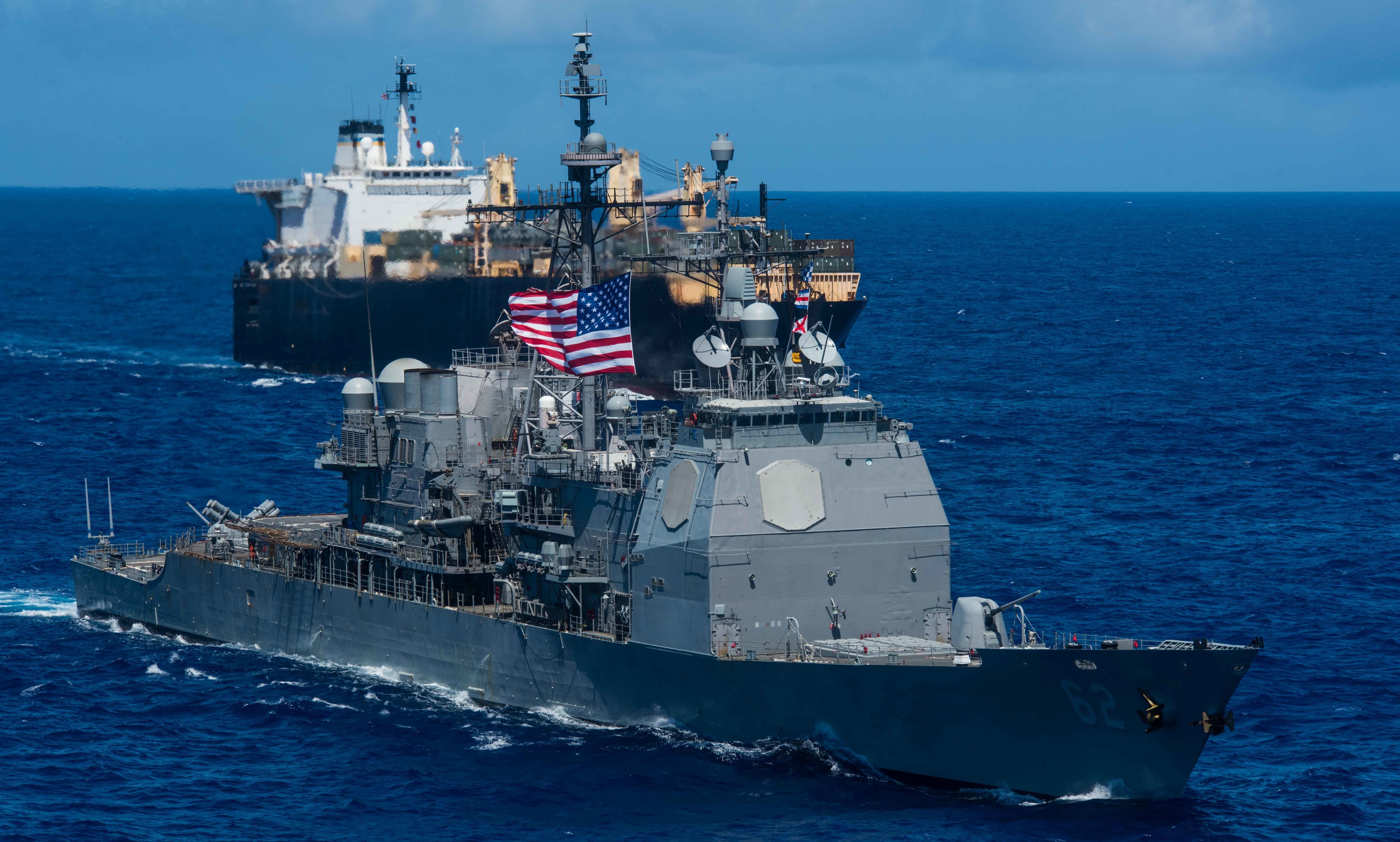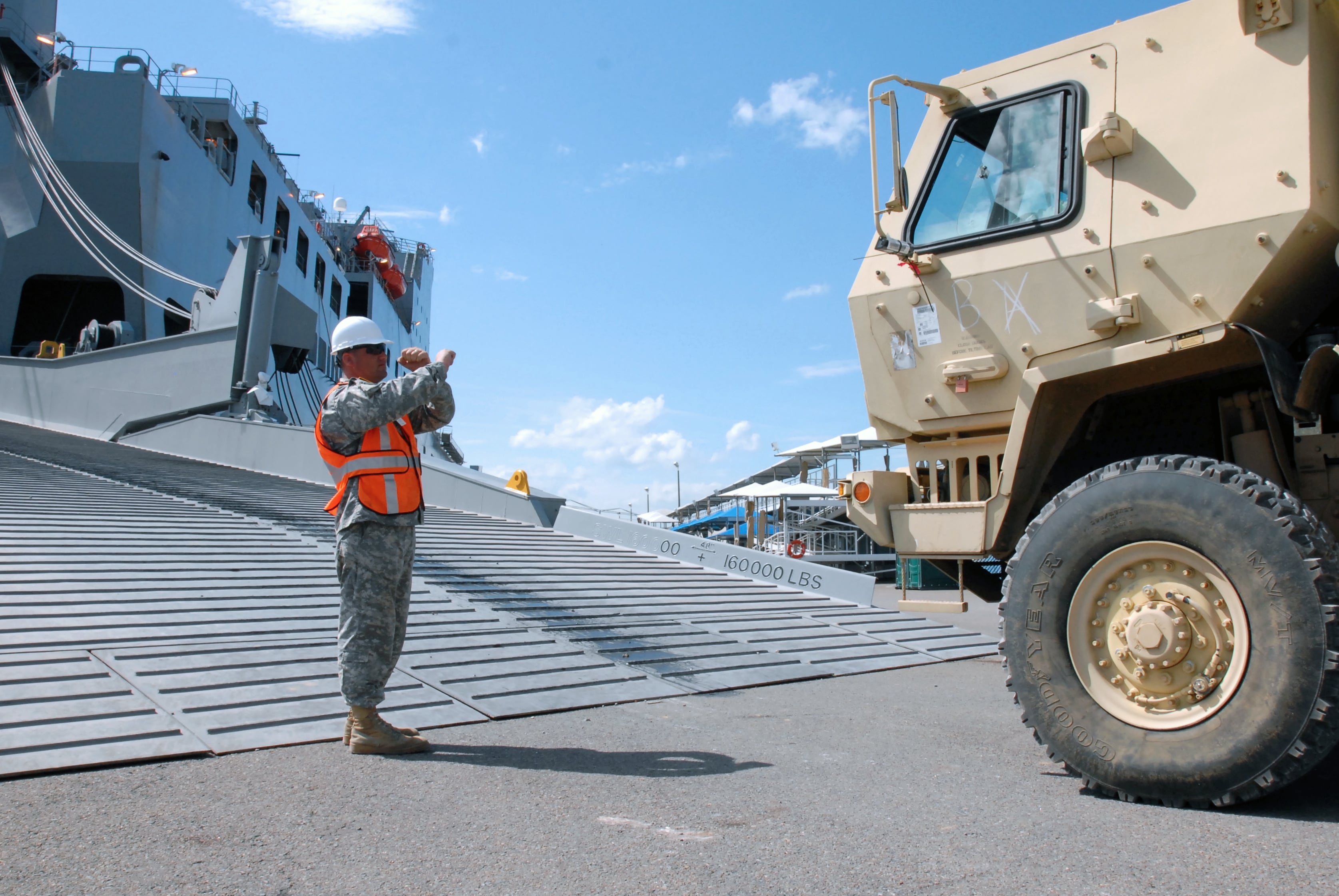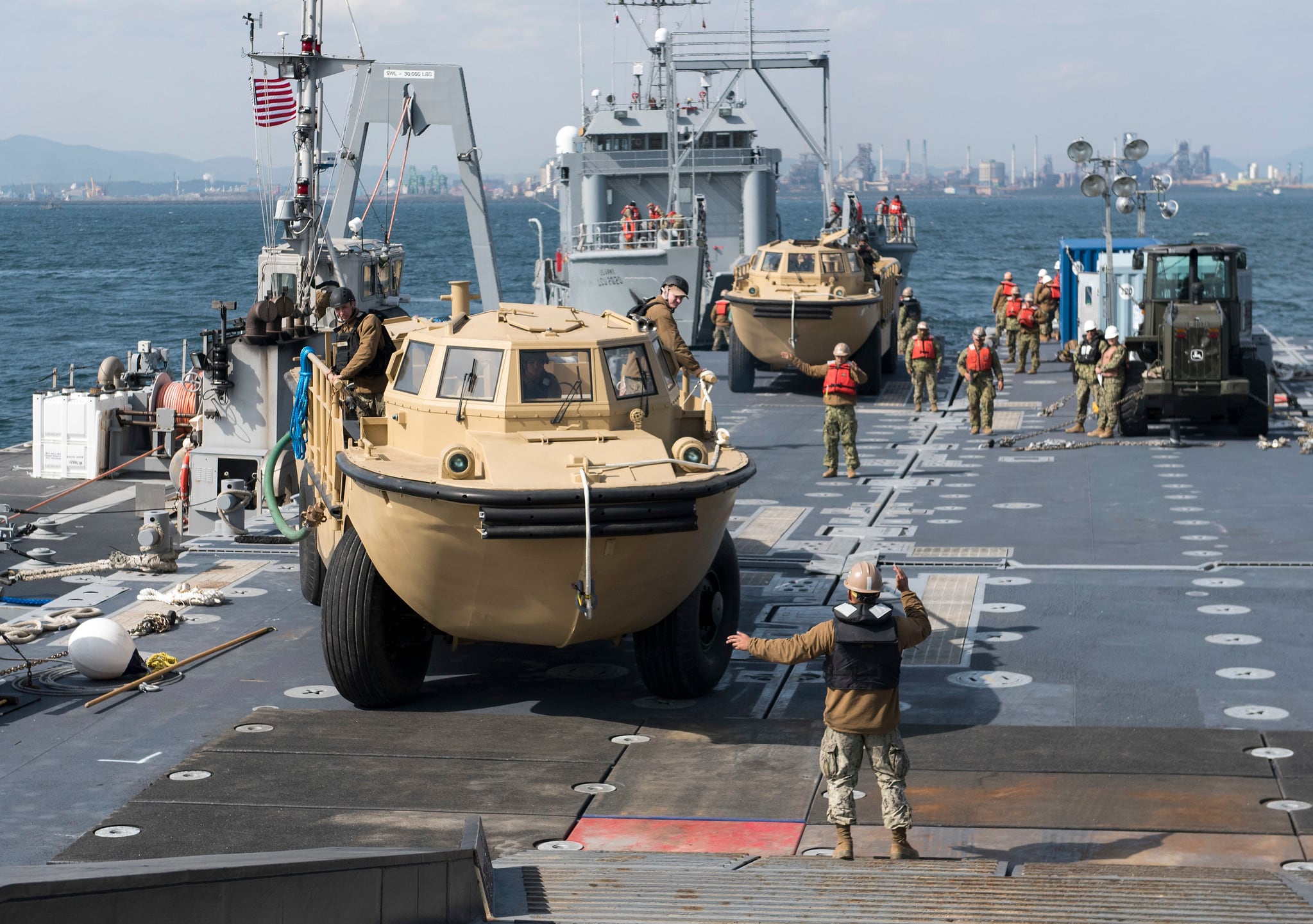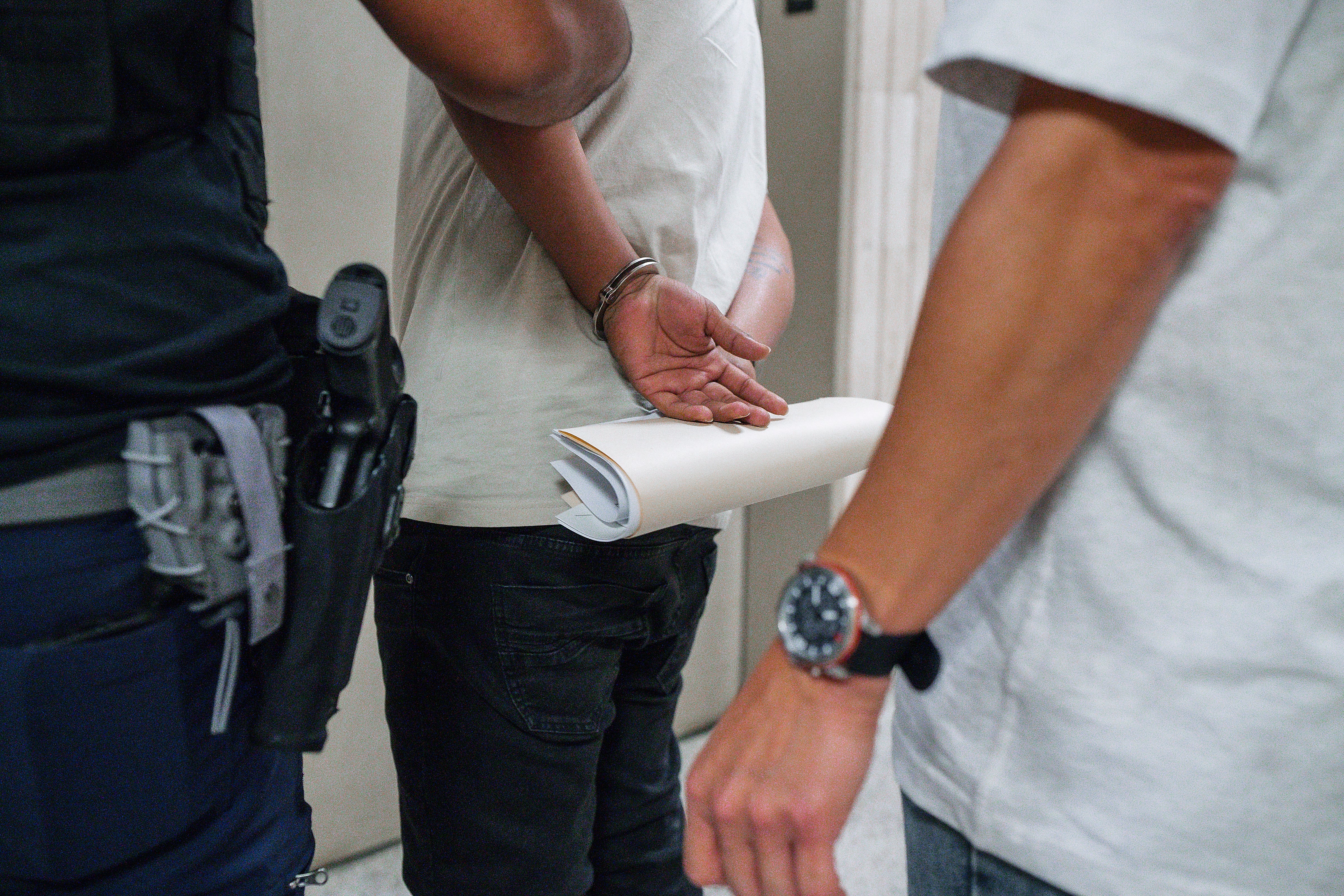“You will not find it difficult to prove that battles, campaigns, and even wars have been won or lost primarily because of logistics.” - Gen. Dwight D. Eisenhower
Since our founding, America has been a maritime nation. Trade across the vast ocean expanses to Europe and Asia has defined our economic development and driven our national security strategies. Over two hundred years ago, the original six frigates of the United States Navy were constructed to protect American commerce from attacks by pirates in the Mediterranean. Since then, a powerful Navy, capable of protecting global commerce and projecting power around the globe, has become the cornerstone of our national defense. This strategy has also meant fighting the vast majority of the nation’s armed conflict far from our shores, protecting the homeland from the terrible destruction that was a defining characteristic of war in the 20th century.
The reasoning that led George Washington to approve those first six frigates remains true today — American commerce and diplomacy must be supported by a military capable of global power projection to maintain international order, deter conflict, and, if necessary, defeat hostile powers. To be a credible deterrent, American forces must be engaged around the globe and be able to sustain those efforts, during peace or war, far from our shores. While the Department of Defense is investing heavily in technology to compete in a new era of great power competition, it has given short shrift to its ability to transport and sustain forces. Our continued lack of investment in logistics will reduce the effectiveness of our maritime forces in combat but, more worrying, is the debilitating effect it will have on our land forces.
RELATED

Operation Iraqi Freedom provides some informative lessons on the importance of a capable logistics fleet. In preparation for the invasion of Iraq, the U.S. military moved over 2 million tons of cargo and equipment. This massive effort began in late 2001 and did not culminate until combat operations began in March of 2003. The long build up masked the inadequacy of the U.S. military sealift capacity with an estimated 85 percent of all sustainment material transported by civilian vessels. A multi-year logistic build up across uncontested seas is a luxury the U.S. simply won’t enjoy in the event of conflict in the Indo-Pacific. Our armed forces, particularly the Army, simply lack the logistic capability to effectively project power across the Pacific.
Today, our entire military, a force with over 1.3 million active service members and tens of thousands of vehicles and aircraft, relies on an aging fleet of 61 logistics ships to transport and sustain the force. By comparison, during World War II, the United States built over 2,700 Liberty ships to transport troops and supplies and had a service squadron of 365 logistics ships just to service the Pacific theater.
RELATED

Compounding the problem of inadequate numbers, many ships in our logistics fleet are already past due for replacement. The average age of the ships in the Ready Reserve Force, which constitute the majority of our nation’s surge sealift capability, is 45 years. That is more than double the age at which most commercial cargo ships are retired and the fleet is showing its age. In September of 2019, the U.S. Transportation Command (TRANSCOM) conducted an exercise to test the readiness of the organic surge fleet, attempting to get just under half of the fleet underway. The official TRANSCOM after action report noted a cumulative success rate of only 40 percent and this exercise did not even test the loading and unloading of cargo.
To help address these issues, Congress has given the Navy funding to purchase commercial cargo ships to help bridge the gap until the organic surge fleet can be rebuilt to meet the requirements outlined in the National Defense Strategy. Inexplicably, the Department of Defense has not purchased a single commercial vessel and still doesn’t have even a plan to reconstitute the logistics fleet. Our national security is founded on an ability to project power and maintain our forces around the globe. A capable logistics force is the foundation of power projection and we neglect it at our own peril.
Rep. Rob Wittman, R-Va., is the ranking member on the Seapower and Projection Forces subcommittee in the House.
Editor’s note: This is an Op-Ed and as such, the opinions expressed are those of the author. If you would like to respond, or have an editorial of your own you would like to submit, please contact Military Times managing editor Howard Altman, haltman@militarytimes.com.





